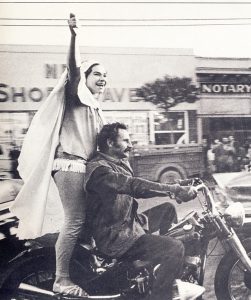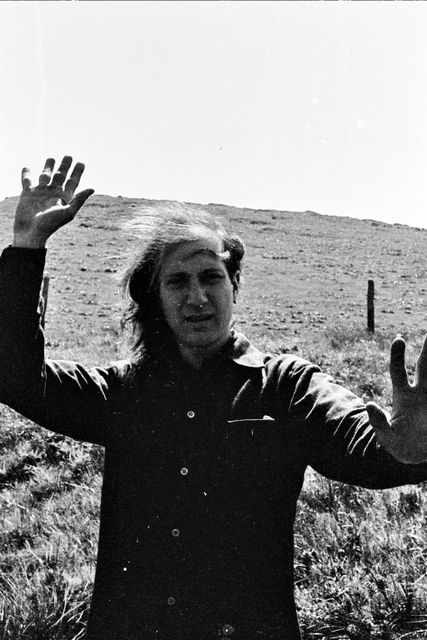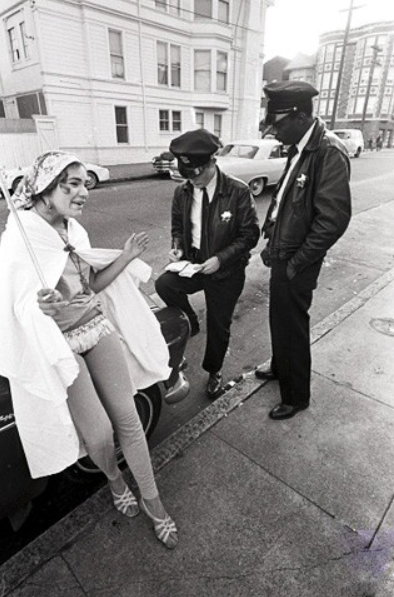
The Diggers were meant to be loose, free and vaguely anonymous — or pseudonymous — but perhaps inevitably, some people’s names got out. Usually they were the ones who spoke to a reporter.
And there were a lot of reporters in the Haight-Ashbury during the Diggers’ heyday of 1966-8. Such was the Diggers’ presence and notoriety that seemingly every reporter filing a story on the Haight — even, memorably, a typically dyspeptic Joan Didion, for the Saturday Evening Post—included the Diggers in their account.
“A band of hippie do-gooders,” said Time magazine. “A true peace corps,” wrote local daily newspaper columnist (and future Rolling Stone editor) Ralph J. Gleason. “A cross between the Mad Bomber and Johnny Appleseed,” said future Yippie Paul Krassner in The Realist, “a combination of Lenny Bruce and Malcolm X, the illegitimate offspring resulting from the seduction of Mary Worth by an acidic anarchist.” Didion wrote, “In the official District mythology, [the Diggers] are supposed to be a group of anonymous good guys with no thought in their collective head but to lend a helping hand.”
Who were these guys? Actor Peter Coyote and the late Emmett Grogan are the usual names associated with the Diggers (and their later incarnation, sometimes called the Free Family collective), as they wrote books chronicling their participation in that era; Grogan’s Ringolevio (1972) is the most notorious. But there were many others who remained anonymous while participating in the various wildly audacious Digger initiatives of the time. (A vast archive about the Diggers is maintained by Eric Noble at diggers.org)
One of them is a man named Chuck Gould. Prior to interviewing Chuck in 2010 at his home in Petrolia, California, I didn’t know much about him, other than his name was the photographer credit for the bulk of the rather striking black-and-white photographs featured in Coyote’s memoir, Sleeping Where I Fall (1998). In conversation I found Chuck’s avuncular outspokenness, street lawyerly bluntness, and Buddhist bottom-lineness to be as striking, refreshing and vivid as his photographic portraiture. No mythologizing here; just facts, laughs and tough reckonings.
Continue reading ““The Do was the thing”: a lengthy chat with Chuck Gould of the San Francisco Diggers”



